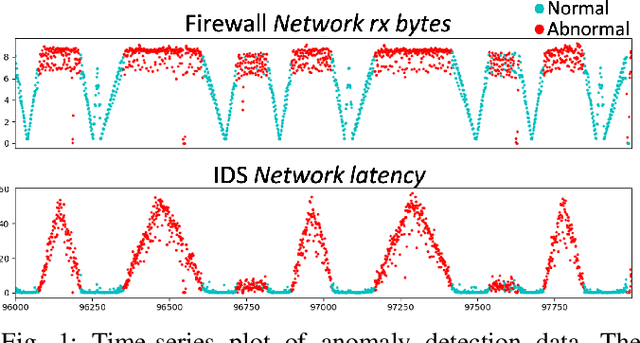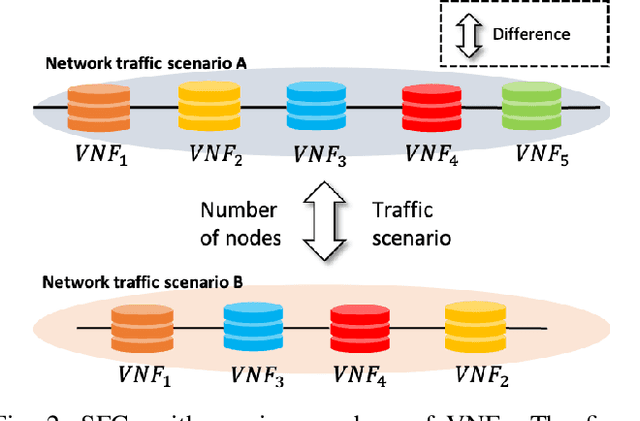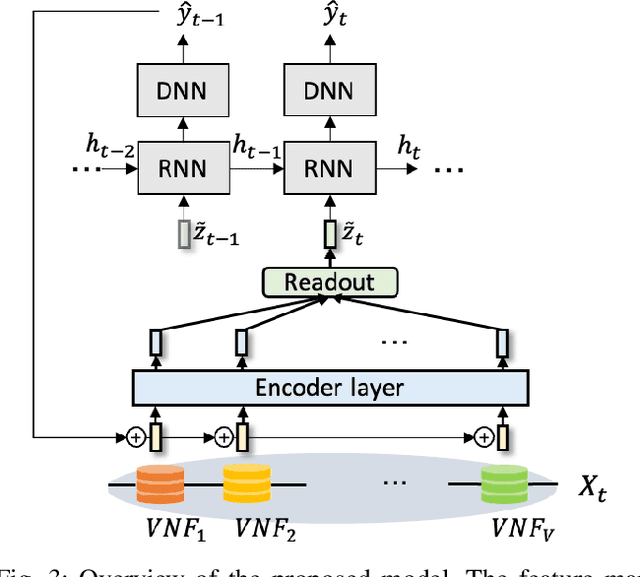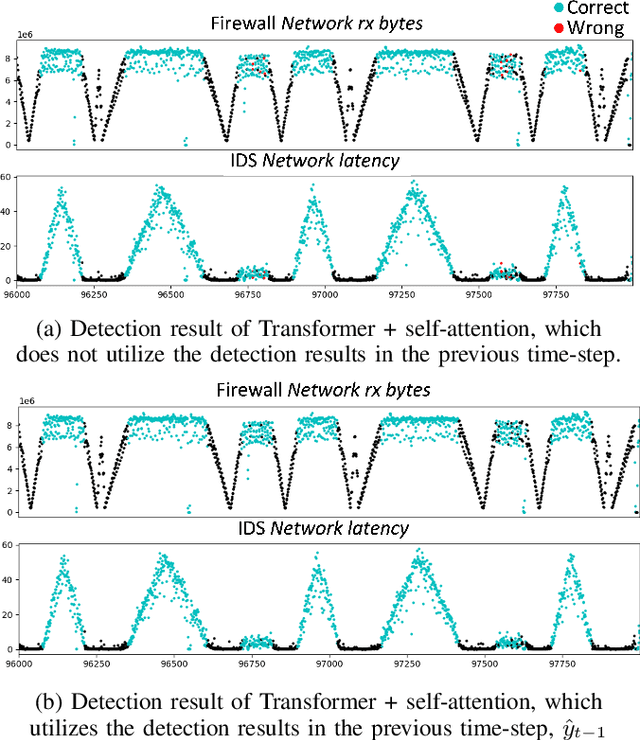Chungjun Lee
Sequential Deep Learning Architectures for Anomaly Detection in Virtual Network Function Chains
Sep 29, 2021



Abstract:Software-defined networking (SDN) and network function virtualization (NFV) have enabled the efficient provision of network service. However, they also raised new tasks to monitor and ensure the status of virtualized service, and anomaly detection is one of such tasks. There have been many data-driven approaches to implement anomaly detection system (ADS) for virtual network functions in service function chains (SFCs). In this paper, we aim to develop more advanced deep learning models for ADS. Previous approaches used learning algorithms such as random forest (RF), gradient boosting machine (GBM), or deep neural networks (DNNs). However, these models have not utilized sequential dependencies in the data. Furthermore, they are limited as they can only apply to the SFC setting from which they were trained. Therefore, we propose several sequential deep learning models to learn time-series patterns and sequential patterns of the virtual network functions (VNFs) in the chain with variable lengths. As a result, the suggested models improve detection performance and apply to SFCs with varying numbers of VNFs.
Network Intrusion Detection based on LSTM and Feature Embedding
Nov 26, 2019



Abstract:Growing number of network devices and services have led to increasing demand for protective measures as hackers launch attacks to paralyze or steal information from victim systems. Intrusion Detection System (IDS) is one of the essential elements of network perimeter security which detects the attacks by inspecting network traffic packets or operating system logs. While existing works demonstrated effectiveness of various machine learning techniques, only few of them utilized the time-series information of network traffic data. Also, categorical information has not been included in neural network based approaches. In this paper, we propose network intrusion detection models based on sequential information using long short-term memory (LSTM) network and categorical information using the embedding technique. We have experimented the models with UNSW-NB15, which is a comprehensive network traffic dataset. The experiment results confirm that the proposed method improve the performance, observing binary classification accuracy of 99.72\%.
 Add to Chrome
Add to Chrome Add to Firefox
Add to Firefox Add to Edge
Add to Edge